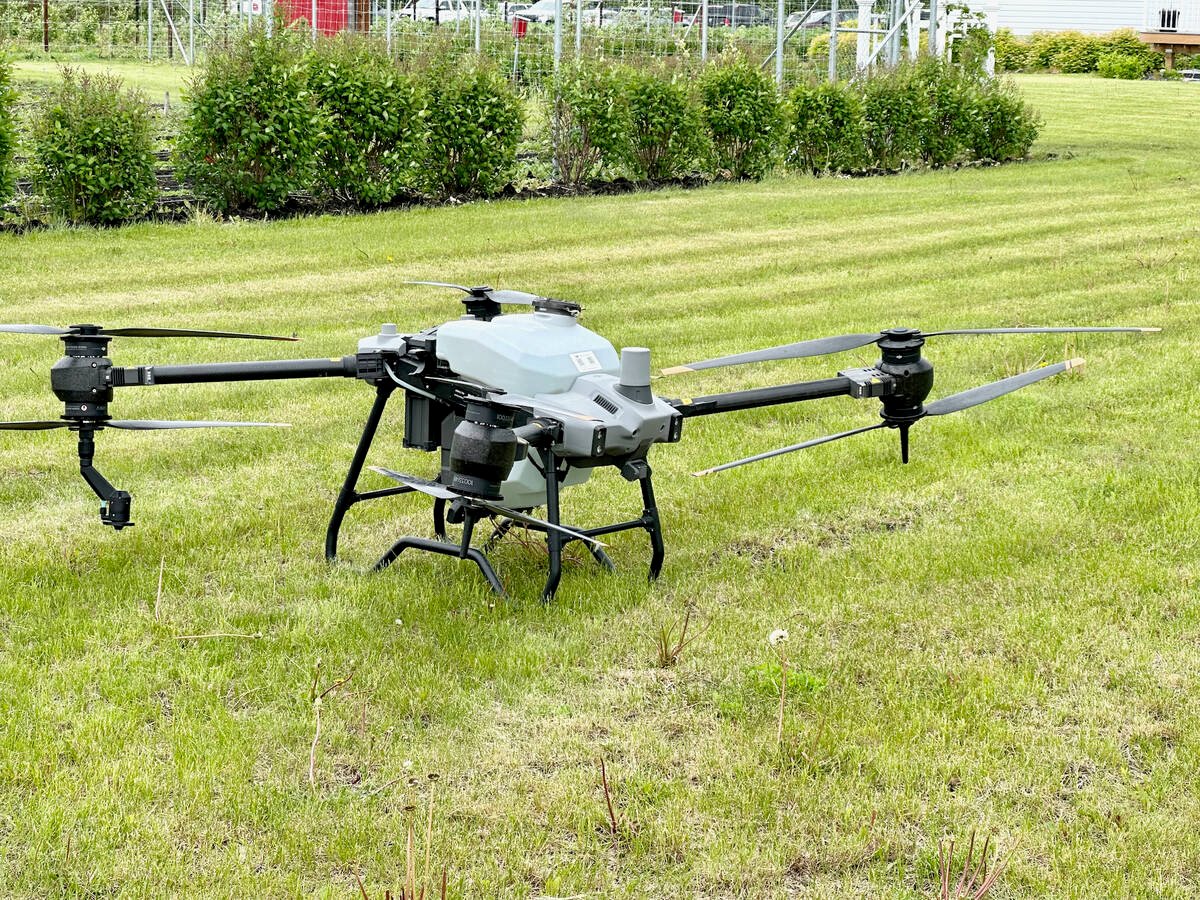Charlie Smith calls them the Wonder Years, a golden time when business and profits just kept getting better and better.
They started in 1986 when Smith founded Combine World, located on Highway 16 just east of Saskatoon, and lasted until around 2000. Then the ground began to shift under his feet, although it would take a while for him to notice.
“I guess the realization was in 2005 or 2006,” he recalls.
“The bank account was going down and then at year-end, the accountant said I had a problem.”
Read Also

Canadian Food Inspection Agency red tape changes a first step: agriculture
Farm groups say they’re happy to see action on Canada’s federal regulatory red tape, but there’s still a lot of streamlining left to be done
That’s when Smith learned a lesson, one producers currently enjoying their own wonder years might want to heed.
Back in the good days, 90 percent of Combine World’s sales were parts for combines, swathers and other farm machinery.
Putting a value on 40 acres of used inventory wasn’t easy, which muddied the financial picture. What’s more, the value of that inventory was declining, thanks to a large trend that was undermining the foundation of Smith’s business.
“Large” is the appropriate word here. A 1,500-acre grain farm was a fair size when Smith started his business. Back then, farmers typically fixed their old combines themselves, even 10- or 20-year-old ones, and bought parts from Smith or one of his 20-or-so competitors.
“At that time, there was lots of business to go around,” says Smith.
However, only a few competitors now remain.
Today, a 10,000-acre farm doesn’t raise eyebrows. And with so many acres to harvest, most farmers own recent, if not new, machinery, and having a service contract with a dealer makes a lot more sense than the do-it-yourself option.
Like everyone, Smith saw this trend gathering steam and made adjustments. However, the trend was not his friend, as his bank balance and his accountant testified.
“I was on the ropes,” he says now. “If we hadn’t changed, I wouldn’t be in business today.”
Two things sparked that change.
First, a friend, a chartered management accountant and now his partner, offered to look at his business. He spent a day at the shop and then bombarded Smith with a steady stream of questions.
The upshot of his analysis was to stop salvaging older, low-value equipment and repairing high-cost, low-margin equipment.
Instead, he advised, refurbish more current equipment that’s now in demand by farmers who didn’t want to buy new.
The second thing — and it was a light bulb moment for Smith — was attending a workshop on the LEAN process. Most closely associated with Toyota, LEAN seeks to maximize customer value while minimizing waste.
“I accepted LEAN as my personal saviour,” Smith says today, and only partly in jest.
Now, half of Combine World’s business is focused on profitably refurbishing machinery. The other half is sales of new and used parts
Smith insists he’s still just learning the LEAN ropes, but he has applied its principles to every stage of his operation, from the moment a piece of equipment enters his yard until it, or its salvaged parts, leaves.
It’s a never-ending process and something Smith has embraced wholeheartedly, constantly reviewing every aspect of his operation and making training of his 17 employees a top priority.
However, his advice to other business owners, especially farmers, isn’t what you might expect.
“Before you can embrace change, you have to be truly motivated,” he says. “That’s hard to do when times are good because if you’re doing well, there’s no motivation to change. When you’re having fun doing what you’re doing and making money, you’re happy. At least, that’s how it was for me.”
As he looks around today, Smith says he sees a lot of farmers who think the current good times will last forever.
“Farmers tend to look at an upward trend and base their assumptions and expectations on it never stopping,” he says.
“When you look at the price of land and how costs are going, you have to question if it’s sustainable.”
Smith says he was fortunate be-cause the events that undermined his business came about slowly, giving him time to adjust. Farmers may not be so lucky, he says. A rise in interest rates, a sharp drop in commodity prices or a couple of bad weather years and “there could be a blood letting,” he says.
“I’m 51 years old and I’ve seen things tank a couple of times.… I’m a big proponent of looking forward, but you also need to look back far enough to see what’s happened in the past.”
And that’s the thing: When the good times end, you wonder why you didn’t see it coming.














